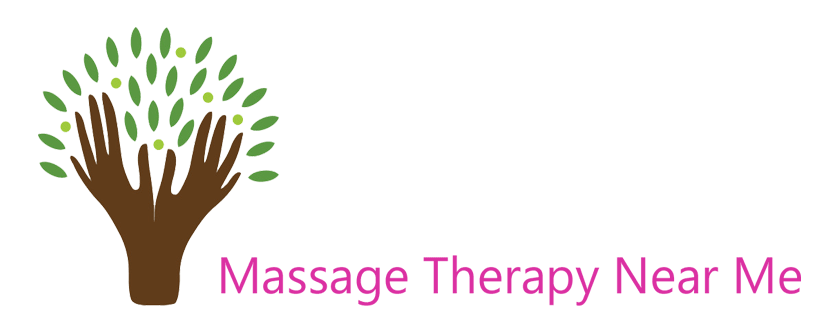massage therapy near involves one-to-one communication and contact. Although we all have experience in relating to people. very few of us know how to relate professionally. Massage professionals are often characterized by their respectful. warm, genuine. open. and understanding attitudes toward the client and have developed listening hands and hearts.’ With a little in-sight.

skill can be developed in cultivating listening ears and minds” as well. Although skill in speaking is helpful, the most critical skill for developing an optimal client relationship is listening. Through effective listening we can customize therapy to achieve the client’s goals and expectations for the session. Most of us falsely assume that we are listening when we hear. Hearing actually requires little or no effort on our pare usually volume ensures adequate reception. but hearing does not mean that we comprehend verbal information.
Effective listening means understanding the language used, the emotional state of sender and receiver, and focusing attention on receiving the message. As a therapist it is your responsibility to focus and to facilitate the client’s communication. You need information that is clear and accurate upon which to base decisions regarding therapy.

The massage therapist uses listening skills to receive the information, checks to make sure he understands the information as the client intended, and interprets the information to customize the therapy session. To ensure accuracy in collecting information, the client needs to feel that the therapist is actively interested in listening. You need to consider that your body language and attitude are also being observed. Authenticity and presence are conveyed nonverbally by maintaining eye contact and by occasional nodding or using appropriate facial expressions that coincide with the tone of the message.
Verbal phrases or sounds.
such as -really,” “uh-huh,” hammam,” show interest and encourage the speaker to continue. The client perceives the therapist’s openness and senses a sale environment for disclosure of sensitive or private information. Listening in a nonjudgmental and empathic manner helps the speaker to reveal honest thoughts and feelings; this is known as self disclosure. Self-disclosure is usually guarded unless the therapist has established a measure of trust. Being nonjudgmental requires that the therapist withhold personal evaluation of the speaker and the message being conveyed. Suspending judgment respects the client’s right to have his own life experiences. Genuine acceptance is evidenced by receiving the message as is without rebuttal, argument, or additions. Being empathic requires that the therapist put her-self in the client’s shoes, seeking to understand information from the client’s point of view. Listening with empathy requires the therapist to consider the client’s words, feelings, and intent. The sender will feel a deeper sense of safety if the message is acknowledged. Assisting the client to be present in the moment and to experience a safe environment allows the client to attend to her own needs within the session.
Verbal Communication:
Checking Listening Effectiveness A reflective response verifies that the listener has understood the feelings and content of the speaker’s message and mirrors this understanding back to the client. The client can then correct or modify the listener’s perceptions.




